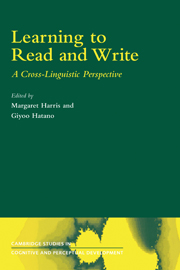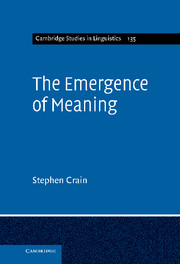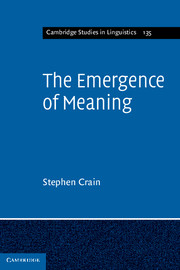Children's Discourse
Psycholinguist Maya Hickmann presents an original comparative study of discourse development in English, French, German, and Chinese. Hickmann discusses the main theoretical issues in the study of first language acquisition and provides a wide review of available studies in three domains of child language: person, space and time. Her findings concern the rhythm of language acquisition, its formal and functional determinants, and its universal vs. language-specific aspects. The conclusions stress the importance of relating sentence and discourse determinants of acquisition in a crosslinguistic perspective.
- Provides a synthetic presentation of the main theoretical issues and approaches in the study of first language acquisition
- Provides a broad review of findings from available developmental research
- Presents new original crosslinguistic results concerning different domains of discourse development
Reviews & endorsements
Review of the hardback: '… this book remains one of the most impressive in the field of language acquisition. The richness of the data from four different languages is truly striking, and linguists in almost any subfield of linguistics are guaranteed to learn much of value from this book.' Linguistics
Product details
June 2008Paperback
9780521065108
412 pages
228 × 151 × 23 mm
0.59kg
14 tables
Available
Table of Contents
- 1. Introduction
- Part I. Available Theories and Data:
- 2. Theoretical issues
- 3. Crosslinguistic invariants and variations
- 4. Coherence and cohesion in discourse development
- 5. Children's marking of information status: referring expressions and clause structure
- 6. The acquisition of spatial and temporal-aspectual devices
- Part II. A Crosslinguistic Study of Children's Narratives:
- 7. Methodological issues
- 8. Animate entities
- 9. Space
- 10. Time
- 11. Conclusions
- Appendix.







